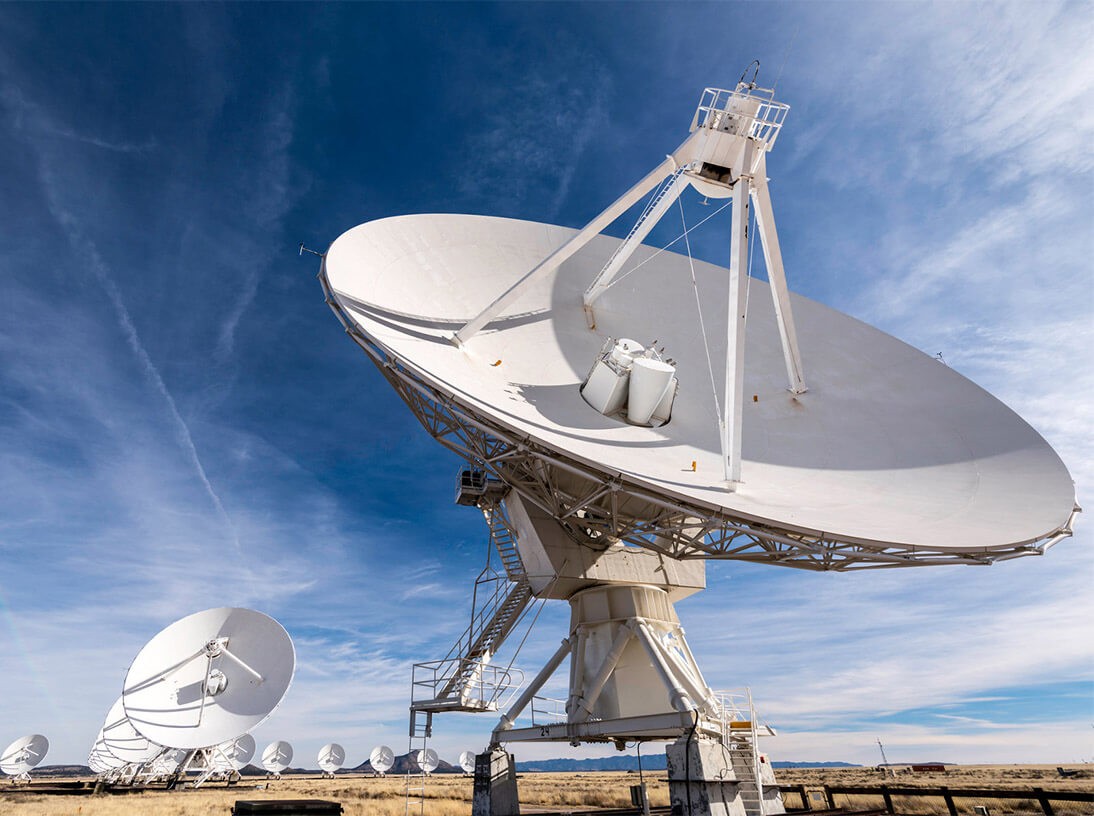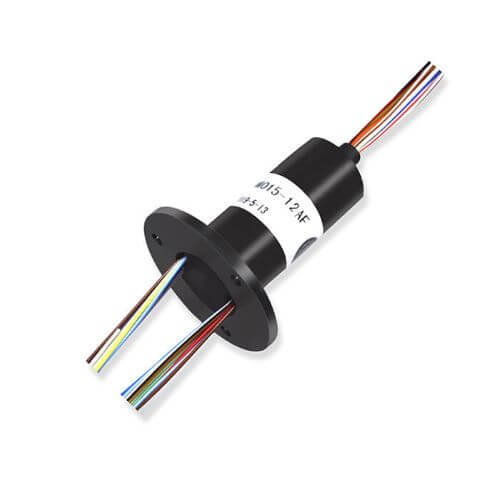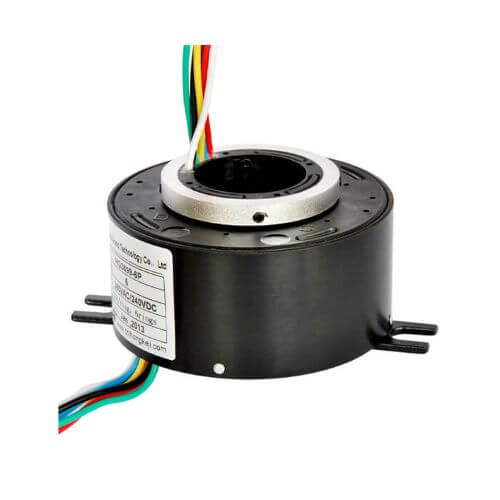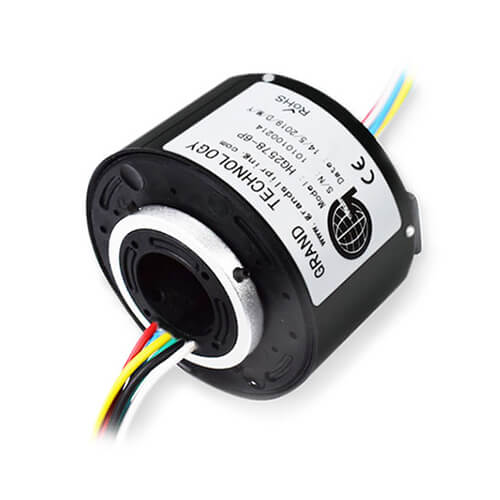Slip rings for radar and antenna requires durability in harsh environments, can transmit large-capacity data and signals, and guarantees no leakage, no electromagnetic interference, and can transmit tens of hundreds of kilometers of networking applications over long distances, with ultra-low attenuation loss and ultra-low transmission fluctuations. Due to the high maintenance cost of the radar slip ring, it is necessary to achieve long life, free maintenance, and no lubrication requirements when designing the slip ring for radar antenna.
IP68 protection level and a wide working temperature -55℃ to 80℃. Applied to radar antenna system, a GRAND slip ring ( rotary union ) is designed with no lubrication fiber brush, long service life, no maintenance.
The maximum transmission rate can reach 50GHz, and it can also support high frequency signal and 24V control signal, communication signal, power supply, Ethernet mixed transmission, high frequency signal is 50Ω characteristic impedance RF coaxial structure head.
GRAND can customize slip ring ( rotary union ) with transmit power, ordinary signal, CAN signal, analog signal, synchronization signal, HD signal, etc. Small size, light weight, easy install and maintain even without maintain. Hard working conditions like salt spray, 95% RH humidity, request IP67 protection.





